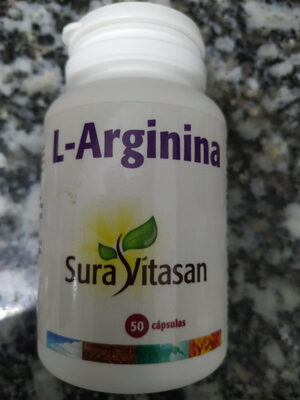L-Arginina - Sura Vitasan - 50 cápsulas
This product page is not complete. You can help to complete it by editing it and adding more data from the photos we have, or by taking more photos using the app for Android or iPhone/iPad. Thank you!
×
Barra-kodea: 0628747111225 (EAN / EAN-13) 628747111225 (UPC / UPC-A)
Kopurua: 50 cápsulas
Ontziratzea: es:Mini botella plástico
Markak: Sura Vitasan
Kategoriak: Elikadura-osagarri
Origin of ingredients: Kanada
Manufacturing or processing places: Rentería España
Traceability code: 26.0359/SS
Link to the product page on the official site of the producer: https://www.suravitasan.com/productos/am...
Dendak: Lidl
Saltzen diren herrialdeak: Espainia
Matching with your preferences
Ingurumena
Ontziratzea
Transportation
Report a problem
Datuen iturria
Product added on by openfoodfacts-contributors
Last edit of product page on by ecoscore-impact-estimator.
Produktuaren orria -gatik editatua acuario, musarana, packbot, sebleouf.






